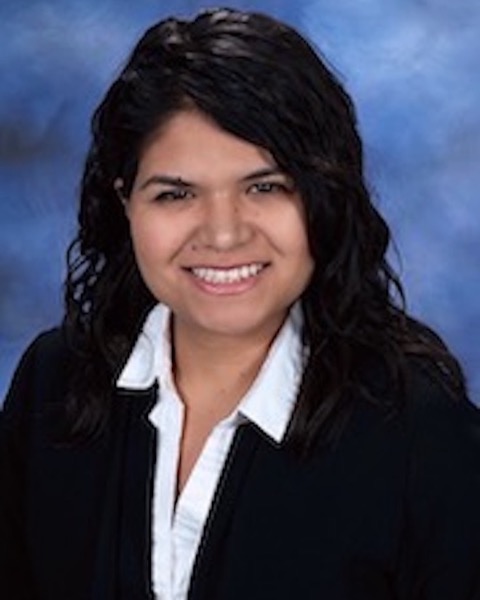Neonatal Infectious Diseases/Immunology
Neonatal Infectious Diseases/Immunology 3
406 - Measuring Telomere Length of Placental Mesenchymal Stem Cells from Healthy Full Term Pregnancies After Multiple Passages Using Quantitative PCR
Sunday, April 30, 2023
3:30 PM - 6:00 PM ET
Poster Number: 406
Publication Number: 406.334
Publication Number: 406.334
Myrna Y. Gonzalez Arellano, Michigan State University College of Human Medicine, Lansing, MI, United States; Hend Mohamed, Pediatrics and Human development, MSU, Lansing, MI, United States; Sherif Abdelfattah, Michigan State University, East Lansing, MI, United States; Hattan Arif, Michigan State University College of Human Medicine, Haslett, MI, United States; Ranga Prasanth Thiruvenkataramani, Michigan State University College of Human Medicine, Lansing, MI, United States; Amal Abdul-Hafez, Michigan State University College of Human Medicine, East Lansing, MI, United States; Mohammed Abdulmageed, Michigan State University College of Human Medicine/Sparrow Hospital Regional Neonatal Intensive Care Unit, East Lansing, MI, United States; Burra V. Madhukar, Michigan State University, E. Lansing, MI, United States; Said Omar, Michigan State University College of Human Medicine, Lansing, MI, United States

Myrna Y. Gonzalez Arellano, MD (she/her/hers)
Fellow
Michigan State University College of Human Medicine
Lansing, Michigan, United States
Presenting Author(s)
Background: Placental Mesenchymal stem cells (MSCs) have multiple applications for tissue regeneration such as prevention of acute lung injury and development of chronic lung diseases in preterm neonates. We have shown previously that placental MSCs from passage 3 and their derived exosomes prevent inflammation and oxidative stress in lung epithelial cells. Telomeres are specific DNA protein structures found at the end of chromosomes that stabilize the genome from degradation. Telomere length (TL) shortening has the potential to impact the efficacy of MSCs. TL is affected progressively with each cell division and once it reaches a critical level, cells undergo apoptosis. Telomeres can also serve as a biomarker of cumulative oxidative stress and inflammation, which may lead to premature advanced biological age. Previous studies have shown that large number of MSCs are required for regenerative therapy. Studies in human bone marrow MSCs have demonstrated TL shortening with decreased replicative capacity after several expansion cycles.
Objective: The objective of the study is to determine whether there is a change in TL through subsequent replicative cycles (passages) in placental chorionic plate (PL) and Wharton jelly (WJ) MSCs. The hypothesis is that there is no change in telomere length in the first 5 passages of MSCs.
Design/Methods: After obtaining consent from mothers with healthy term pregnancies, WJ and PL were used to isolate MSCs and then expanded through passage 5, and characterized by flow cytometry. DNA from MSCs were extracted and TL was measured using qPCR Assay Kit to compare the TL of the cultured cells with the reference cells.
Results: Using flow cytometry, MSCs markers (mean ± SD) were identified; CD73 (98 ± 2 %), CD 90 (97 % ± 3%), CD105 (94 % ± 5%) and CD44 (99 % ± 5%) and the following stem cells markers; OCT4 (12% ± 7%), SOX2 (50 ± 26%). The result of TL of both WJ and PL MSCs are shown in fig1 and 2. The results demonstrate that there is no significant difference in TL of placenta (P=0.9) and WJ (P= 0.9) MSCs. TL length remained stable through passage 5.
Conclusion(s): Our data demonstrated that there was no significant telomere length shortening after expansion of MSCs though passage 5 and can be effectively used for therapy. Currently further expansion is being done with the goal of expanding up to several more passages. This will help to determine if there is shortening in Telomere Length upon further expansion and up to which passage MSCSs can be effectively used for immune modulation and tissue regeneration.
.png)
.png)
